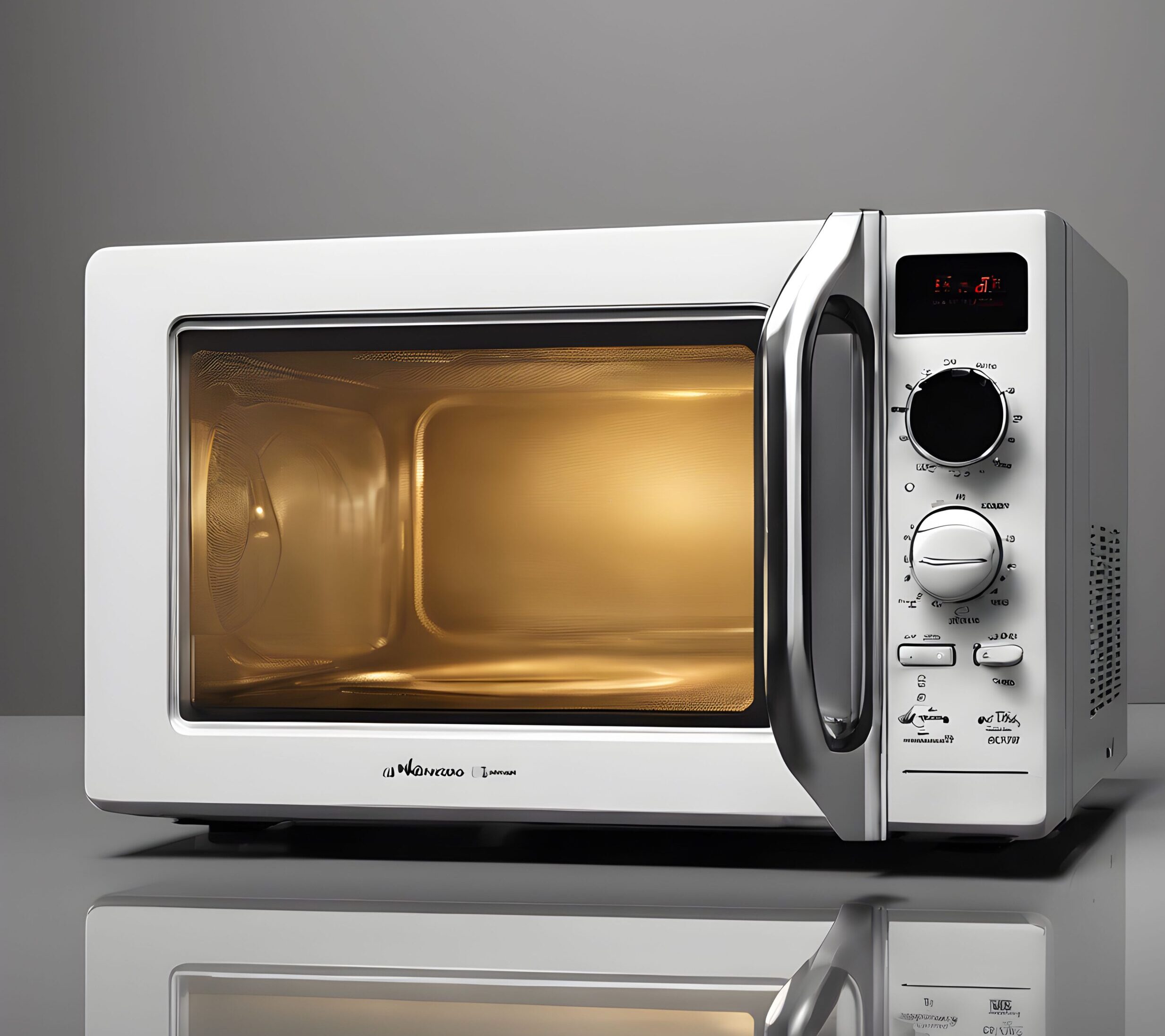
China’s Economic Growth Strategy for 2025
In 2025, China’s economy is grappling with several challenges that threaten to slow its growth trajectory. Trade tensions with global partners, a struggling property sector, and declining consumer confidence have all contributed to a slowdown in economic activity. These challenges are compounded by the fact that China’s manufacturing-heavy growth model, which relied on exports and investment in infrastructure, is no longer as sustainable as it once was. To counteract this, the Chinese government has launched an initiative aimed at stimulating domestic consumption—a critical factor in driving growth.
This initiative focuses on household appliances, including popular items such as microwaves, rice cookers, and smartphones, which are staples in Chinese homes. The government’s plan is to encourage citizens to replace their older appliances with more energy-efficient models through a trade-in program. In exchange for their old devices, consumers will receive subsidies or discounts on newer, more advanced models. The expectation is that this will spark a surge in demand for home appliances, which, in turn, will stimulate broader economic activity.
As part of this economic revival strategy, the government has set aside a significant budget for subsidies—up to 81 billion yuan (approximately $11 billion) in 2025—to make it easier for consumers to upgrade their household products. This article explores how the trade-in program works, its potential effects on China’s economy, and why household appliances like microwaves and rice cookers have become central to China’s recovery strategy.
How Household Appliances Like Microwaves and Rice Cookers Are Central to the Plan
At the heart of the Chinese government’s strategy is the idea that household appliances—specifically microwaves and rice cookers—are key to driving economic activity. While they may seem like simple items, these products represent much more than just kitchen tools. They are, in fact, integral to modern Chinese life. This section will explore why these appliances have become so important and how the government plans to leverage their popularity for economic gain.
The Role of Microwaves in Consumer Behavior
Microwaves, once considered a luxury item in many households, have gradually become essential kitchen appliances. In urban China, where people lead fast-paced lives and seek convenience, the microwave is an indispensable tool for heating food, cooking meals quickly, and simplifying meal prep. As urbanization has increased, so too has the demand for microwaves, and they are now found in almost every modern Chinese kitchen.
The Chinese government has recognized that the microwave market offers significant potential for stimulating economic growth. Microwaves, particularly those that offer advanced features such as smart cooking modes, energy efficiency, and automation, have become increasingly popular. By encouraging consumers to trade in their old microwave models for newer, more efficient ones, the government is seeking to create a quick stimulus for both the retail and manufacturing sectors.
The subsidies offered through the trade-in program make it financially feasible for consumers to upgrade their microwaves. These upgrades not only boost sales in the microwave sector but also contribute to the adoption of energy-efficient technologies that align with China’s broader sustainability goals. The potential for new job creation in manufacturing plants that produce these advanced microwaves is another factor contributing to the overall economic benefit.
Rice Cookers: A Staple of Chinese Kitchens
Rice cookers hold a special place in Chinese culture. Rice is a staple food for millions of people in China, and the rice cooker is an essential appliance in almost every home. As one of the most frequently used household items, rice cookers offer manufacturers a massive market to tap into. However, like other household appliances, older rice cookers are less energy-efficient and can lack the advanced features that modern consumers are seeking.
The government’s trade-in initiative for rice cookers encourages consumers to exchange their old models for newer, more advanced versions. These new rice cookers are not only more energy-efficient but often come with additional features such as smart cooking modes, programmable timers, and improved heating elements that ensure more consistent cooking results. For many Chinese consumers, having access to the latest model of rice cooker is not just about functionality but also about staying on top of modern kitchen technology.
As with microwaves, the rice cooker trade-in program is expected to stimulate both demand and innovation in the market. By offering consumers subsidies, the government incentivizes purchases of more energy-efficient, environmentally friendly products, which also helps manufacturers to increase production and develop new technologies.
Government Support and Subsidy Programs for Consumers
The foundation of the Chinese government’s economic strategy is the consumer trade-in program, which aims to encourage spending by reducing the cost of upgrading household appliances. With a total subsidy fund of 81 billion yuan in 2025, the Chinese government is making it easier for consumers to invest in new products while giving a much-needed boost to the retail and manufacturing sectors.
The Mechanics of the Subsidy Program
Under the trade-in initiative, consumers are encouraged to exchange their old household appliances—such as microwaves, rice cookers, smartphones, and other eligible items—for discounts on newer models. The discount varies based on the item being traded in and the model being purchased but can be as much as 20% off the price of a new product. These subsidies are available to consumers across urban and rural areas, ensuring that both city dwellers and those in more remote areas can participate in the program.
The subsidy program is part of China’s broader effort to promote economic recovery through increased consumer spending. By offering financial incentives, the government makes it more affordable for households to upgrade their appliances, which in turn stimulates demand in the retail and manufacturing industries. As consumers exchange their old products for new ones, retailers see an uptick in sales, and manufacturers experience a surge in demand for production, which can lead to increased hiring and economic activity.
Targeted at All Income Groups
A key feature of the government’s subsidy program is its inclusivity. While many stimulus programs tend to focus on wealthier consumers, the trade-in program aims to reach a broad cross-section of the population, including those in lower-income brackets. The subsidies help make modern appliances more affordable, especially for households that might not have been able to justify an upgrade without government support.
The trade-in program is particularly beneficial in rural areas, where access to modern appliances may be more limited. With the trade-in initiative, the government hopes to close the technology gap between urban and rural areas, providing the same opportunities for economic growth to citizens living outside major metropolitan areas.
The Broader Impact of the Trade-In Program
While the primary goal of the trade-in program is to boost the sale of household appliances, its impact will be felt across various sectors of the economy. This section delves into the broader implications of the program, including its effects on retail, manufacturing, and environmental sustainability.
Impact on Retail and Manufacturing Sectors
One of the most immediate effects of the trade-in program will be felt in the retail and manufacturing sectors. Retailers that specialize in household appliances will experience a surge in foot traffic as consumers take advantage of the discounts offered through the program. This increase in sales will help struggling retailers recover from years of stagnant demand, providing a much-needed boost to the economy.
Manufacturers, too, will benefit from the program. As demand for new microwaves, rice cookers, and other household appliances rises, manufacturers will be required to ramp up production to meet this demand. This increase in production can help revitalize the manufacturing sector, which has faced slower growth due to weak domestic demand in recent years. In turn, the growth in manufacturing activity can stimulate job creation, boosting employment in factories and related industries.
Contribution to Sustainability
An often overlooked but significant impact of the trade-in program is its environmental benefits. By encouraging consumers to recycle their old appliances in exchange for discounts, the government is helping reduce waste and promote a more sustainable model of consumption. Many of the old appliances being traded in are inefficient and contribute to higher energy consumption, which has an adverse effect on both the environment and consumers’ electricity bills.
The new, energy-efficient products that consumers purchase through the trade-in program will not only save money on energy costs but also contribute to China’s green economy goals. As part of its commitment to sustainability, China aims to reduce its carbon emissions and promote environmentally friendly technologies. By making energy-efficient appliances more affordable and accessible, the government is aligning its economic stimulus efforts with its environmental objectives.
Economic Outlook: Will This Boost Consumer Spending?
The government’s trade-in program is expected to stimulate short-term consumer spending, but questions remain about its long-term effects on the broader economy. While the trade-in program may lead to increased sales of household appliances, its ability to generate sustained growth in consumer spending depends on several factors, including disposable income levels, job security, and overall consumer confidence.
Short-Term Economic Stimulus
In the short term, the trade-in program is likely to have a positive impact on the economy. By reducing the cost of purchasing new household appliances, the government is incentivizing consumers to spend money on goods they may have otherwise postponed buying. This increase in spending will boost sales in the appliance sector and create demand for goods in other related sectors, such as electronics and home improvement.
Retailers will benefit from an increase in foot traffic, and manufacturers will see a spike in orders for new products. This boost in demand is expected to create a ripple effect across the economy, helping businesses recover from slow growth in recent years. Additionally, the subsidies make it easier for people to make large purchases, potentially leading to a rise in consumer confidence and, ultimately, higher levels of spending in other areas.
Long-Term Economic Challenges
Despite the short-term benefits, the government faces significant challenges in sustaining economic growth over the long term. Consumer confidence remains low due to ongoing concerns about job security, the housing market, and broader economic conditions. While the trade-in program provides an immediate jolt to the economy, it may not be enough to address these deeper, structural issues.
Long-term recovery will likely require broader economic reforms, including greater focus on innovation, investment in high-tech industries, and the development of a more sustainable, service-oriented economy.
A Bold Step Toward Economic Revival
China’s reliance on household appliances like microwaves and rice cookers as a key strategy for economic growth in 2025 may seem unconventional, but it’s a bold and practical response to an economic slowdown. The trade-in program offers immediate financial relief to consumers and a much-needed boost to key industries like retail and manufacturing. Whether it can drive sustainable long-term growth remains uncertain, but it represents a step in the right direction as China seeks to rebalance its economy and shift away from reliance on heavy industry and exports.
Feel free to check out our other website at : https://synergypublish.com

